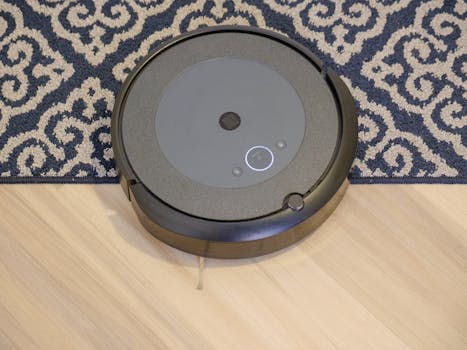
Smart Homes and Smart Living: The Technological Transformation of European Homes by 2025
Smart Homes and Smart Living are revolutionizing the way Europeans live, with a projected transformation of homes by 2025. The integration of technology into homes is making life easier, more convenient, and more sustainable. From voice-controlled assistants to automated lighting systems, the possibilities are endless.
Introduction to Smart Homes
A smart home is a dwelling that incorporates advanced technology to provide a safe, convenient, and energy-efficient living space. Smart homes use a combination of sensors, cameras, and automated systems to control and monitor various aspects of the home, such as temperature, lighting, security, and entertainment.
Technologies Driving the Transformation
Several technologies are driving the transformation of European homes, including:
- Internet of Things (IoT): The IoT refers to the network of physical devices, vehicles, home appliances, and other items that are embedded with sensors, software, and connectivity, allowing them to collect and exchange data.
- Artificial Intelligence (AI): AI is being used to develop intelligent systems that can learn and adapt to the needs of occupants, making smart homes more efficient and convenient.
- 5G Networks: The rollout of 5G networks is providing faster and more reliable connectivity, enabling the widespread adoption of smart home technologies.
Impact on Daily Life
The transformation of European homes is having a significant impact on daily life, from improved energy efficiency to enhanced security and convenience. Some of the benefits of smart homes include:
- Energy Efficiency: Smart homes can optimize energy consumption, reducing waste and saving occupants money.
- Convenience: Smart homes can automate routine tasks, such as turning on lights and adjusting temperature, making life easier and more convenient.
- Security: Smart homes can provide advanced security features, such as motion detection and alerts, giving occupants peace of mind.
Challenges and Limitations
While the transformation of European homes is exciting, there are also challenges and limitations to consider, such as:
- Cost: The cost of smart home technologies can be prohibitively expensive for some occupants.
- Complexity: The complexity of smart home systems can be overwhelming for some occupants, requiring significant technical expertise.
- Security Risks: The increased connectivity of smart homes also increases the risk of cyber attacks and data breaches.
Conclusion
The technological transformation of European homes by 2025 is expected to have a significant impact on daily life, from improved energy efficiency to enhanced security and convenience. While there are challenges and limitations to consider, the benefits of smart homes make them an exciting and worthwhile investment for the future.






